-
Laravel: Introduction
Laravel is a free, open-source PHP web framework that follows the Model-View-Controller (MVC) architectural pattern. It provides a robust set of tools and features for building modern web applications quickly and efficiently. Here are some key points about Laravel: Laravel is widely recognized for its developer-friendly features, elegant syntax, and extensive ecosystem. It enables developers…
-
WordPress: Introduction
WordPress is a popular open-source content management system (CMS) that allows users to create and manage websites and blogs with ease. It provides a user-friendly interface and a wide range of customizable themes and plugins, making it accessible to both beginners and experienced developers. Here are some key points about WordPress: Conclusion: WordPress has gained…
-
GIT: Introduction
Git version control system that allows multiple people to collaborate on a project, tracking changes made to files over time. It provides a way to manage and track different versions of files, making it easier to work on projects with multiple contributors. Here are some key points about Git: Conclusion Git has become the de…
-
PuTTy: Introduction
PuTTY is a free and open-source terminal emulator and SSH client for Windows. It allows users to securely connect to remote servers or devices over a network, typically using the SSH (Secure Shell) protocol. Here are some key points about PuTTY: Conclusion: PuTTY is a widely used tool for remote access and secure communication with…
-
XAMPP
XAMPP is a free and open-source software package that provides a local development environment for web development. The acronym “XAMPP” stands for cross-platform (X), Apache (A), MySQL (M), PHP (P), and Perl (P). Here are some key points about XAMPP: XAMPP is a popular choice for setting up a local development environment due to its…
-
HTML 5
HTML5 (Hypertext Markup Language 5) is the latest version of the HTML standard, used for structuring and presenting content on the web. It introduces new features and improvements over its predecessors, HTML4 and XHTML. Here are some key points about HTML5: HTML5 is widely supported by modern web browsers, making it a versatile and powerful…
-
Bootstrap: Introduction
Bootstrap is a popular open-source framework for building responsive and mobile-first websites and web applications. It provides a collection of HTML, CSS, and JavaScript components, as well as a responsive grid system and pre-designed templates, that help developers create visually appealing and functional websites with ease. Here is an introduction to Bootstrap: Bootstrap simplifies the…
-
HTML: Introduction
HTML (Hypertext Markup Language) is the standard markup language used for creating web pages and applications. Here are some key points about HTML: HTML is the foundation of web development and provides the structure and content for web pages. It is a fundamental skill for anyone interested in creating websites or web applications. With HTML,…
-
Content Writing: Best way to do
Content writing refers to the process of creating written material for various mediums, such as websites, blogs, articles, social media posts, marketing collateral, and more. Here are some key points about content writing: Content writing is a versatile skill that plays a crucial role in various industries and platforms. High-quality content is essential for attracting…
-
SEM
SEM stands for Search Engine Marketing. It is a digital marketing strategy that focuses on promoting websites by increasing their visibility in search engine results pages (SERPs) through paid advertising. Here are some key points about SEM: SEM is a powerful marketing strategy that enables businesses to target potential customers actively searching for their products…

